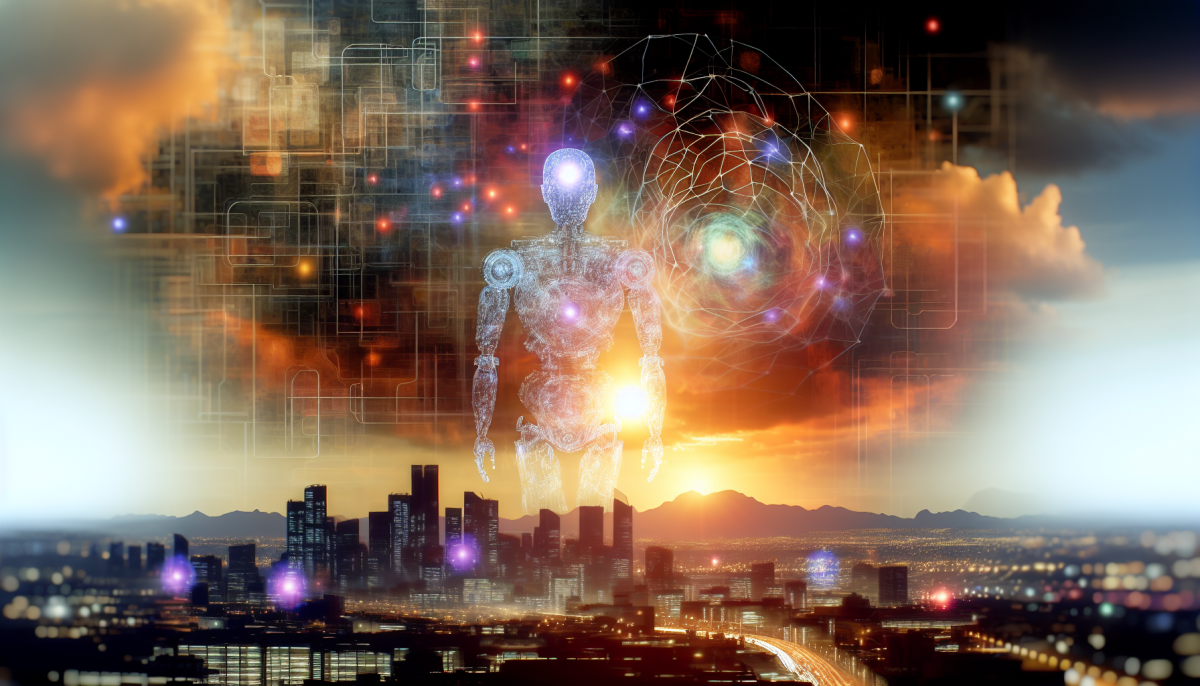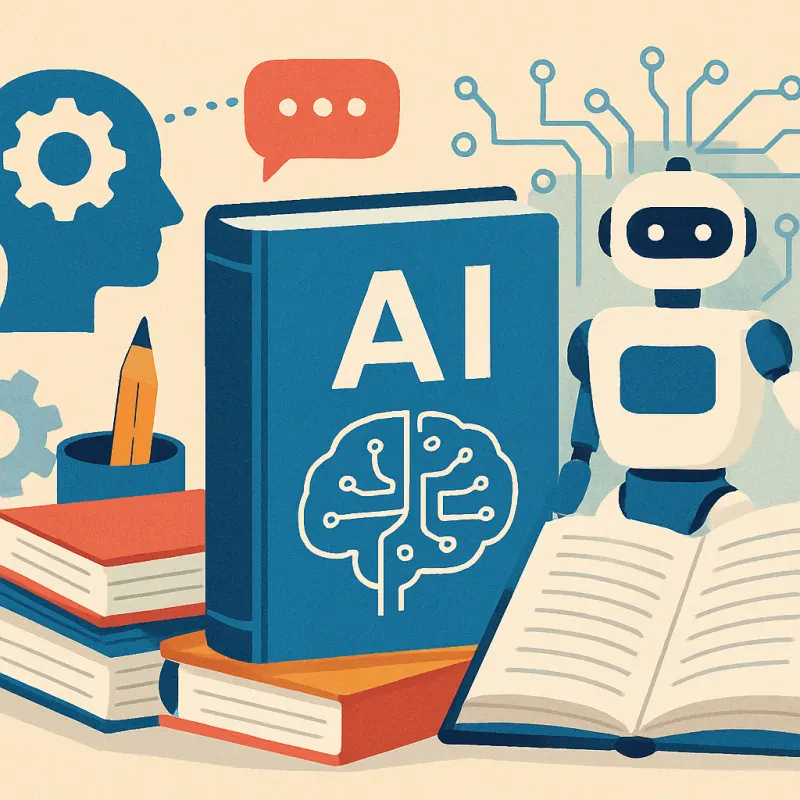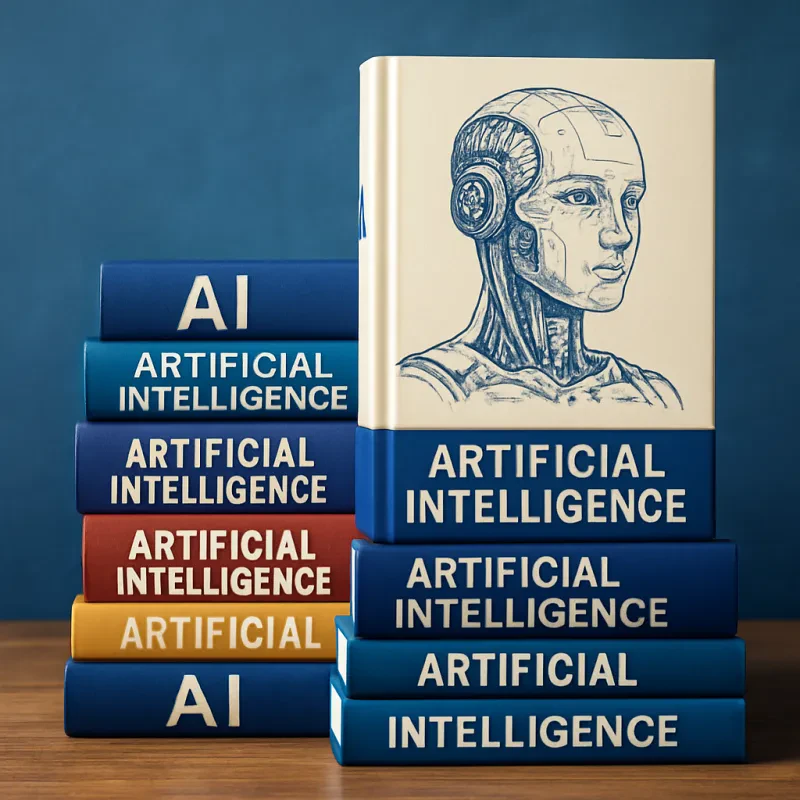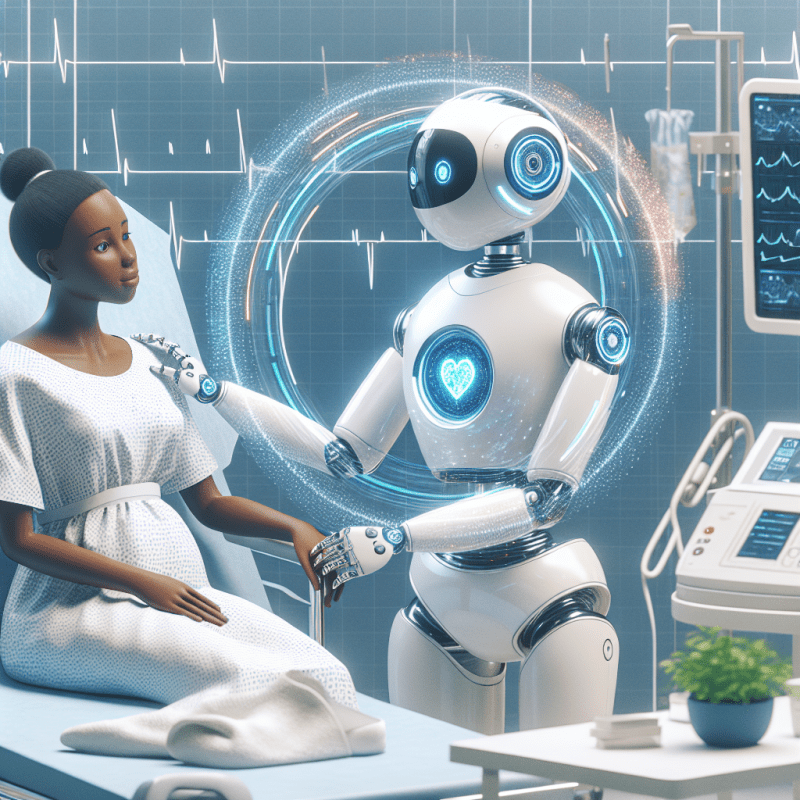The journey of artificial intelligence started way back in the 1950s. That’s when some really smart folks, like Alan Turing, began laying the groundwork for what we now call AI. Turing proposed the idea of machines being able to think and reason, which was revolutionary at the time. His famous "Turing Test" sparked debates on whether machines could ever truly mimic human thought.
Fast forward to the 1960s and 70s, when AI research really began to flourish. Researchers created programs that could solve puzzles and even play games like chess. It was a thrilling time, filled with optimism and big dreams about how AI could change our world. However, the excitement didn’t last forever. By the late 70s and into the 80s, progress slowed down due to high expectations and limited computing power. This period, known as the "AI winter," saw a significant drop in funding and enthusiasm.
Things kicked back into gear in the late 90s and 2000s. With advances in computer technology and access to massive amounts of data, AI started to show its true potential. New approaches, like machine learning and neural networks, became popular. These methods let computers learn from data, making them smarter and more efficient. This resurgence led us to amazing breakthroughs in speech recognition, image processing, and even self-driving cars.
Today, AI is everywhere—from your smartphone assistants to recommendations on your favorite streaming platform. It’s no longer just about fancy algorithms; it’s becoming an integral part of our daily lives. The excitement continues, and it’s clear that we’re only scratching the surface of what AI can do. With rapid advancements and a growing understanding of this technology, the future holds endless possibilities.
Key Innovations That Changed AI
Let’s dive into some key innovations that really shook things up in the world of AI. One of the game-changers has been neural networks. These systems mimic how our brains work, allowing machines to recognize patterns and learn from data. Instead of just following rules, they can make decisions by understanding complex information. It was a big step toward making computers smarter.
Another milestone came with deep learning. It’s like taking neural networks to the next level. With deep learning, we can train these networks with tons of data, and they get better over time. Think of image recognition—deep learning lets computers spot faces, objects, and even emotions. This tech made things like voice assistants and self-driving cars possible, changing how we interact with machines every day.
Don’t forget about natural language processing (NLP). This innovation lets AI understand and generate human language. We're talking about chatbots, translation apps, and virtual assistants. NLP helps machines communicate with us in a way that feels natural, making tech way more accessible and user-friendly.
Finally, let’s mention reinforcement learning. This is all about teaching AI through trial and error. Imagine training a pet; you reward it for good behavior. That’s how reinforcement learning works, showing AI the best path by giving feedback. It’s behind some of the impressive achievements in gaming and robotics, allowing machines to adapt and improve in unpredictable environments.
Real World Applications of AI Today
AI is everywhere these days, and it’s making a big difference in how we live and work. From your smartphone to your car, these intelligent systems help us out in more ways than we realize. Let’s take a look at how AI is getting the job done in real life.
First off, think about your favorite streaming service. You know when it suggests a new show or song? That’s AI at work, analyzing your preferences and habits to personalize your experience. It makes finding something you love way easier and turns your viewing or listening into a fun adventure.
Then there’s AI in healthcare. Hospitals use AI to help doctors make better decisions by analyzing patient data and predicting health risks. This isn’t just about crunching numbers; it’s about saving lives. The faster and more accurately doctors can diagnose conditions, the better the outcome for patients.
In the world of business, AI tools automate repetitive tasks. Imagine not having to manually sort through heaps of emails or data! AI can handle that, leaving people with more time to focus on creative projects or strategy. It’s a game-changer for productivity.
Lastly, let’s not forget about customer service. Chatbots powered by AI provide instant support, answering questions 24/7. They can help you track your order, solve issues, or guide you through a website. This means less frustration for customers and less stress for businesses, making everyone’s life a little easier.
What Lies Ahead for AI Technology
AI technology is moving faster than ever, and it’s exciting to think about what’s coming next. With machine learning brainpower growing by leaps and bounds, we’ll see smarter applications that can learn from their experiences. Imagine personal assistants that understand you better and can anticipate your needs before you even ask!
In the healthcare realm, AI is already making waves. You can expect to see breakthroughs in diagnostics—tools that analyze your medical data and spot potential issues even before symptoms show up. This means doctors can catch health problems earlier, leading to better outcomes. Plus, personalized medicine could become the norm, with treatments tailored just for you.
Don’t forget about the creative side of AI. Artists, musicians, and writers are starting to use AI to enhance their work. It can generate ideas, streamline the process, and even help in producing completed pieces. As collaboration with AI grows, we’re likely to see new art forms that we haven’t even dreamed of yet.
On the business front, efficiency is the name of the game. Companies are leveraging AI to automate repetitive tasks, analyze market trends, and improve customer service. Chatbots are just the tip of the iceberg; soon, you’ll see AI handling complex queries in real-time, making your interactions seamless and quick.
As we look to the future, ethical considerations will need attention. Ensuring that AI technologies are used responsibly and that they promote fairness will be key. With all the advancements on the horizon, it’s going to be up to us to guide AI’s evolution in a way that benefits everyone.



